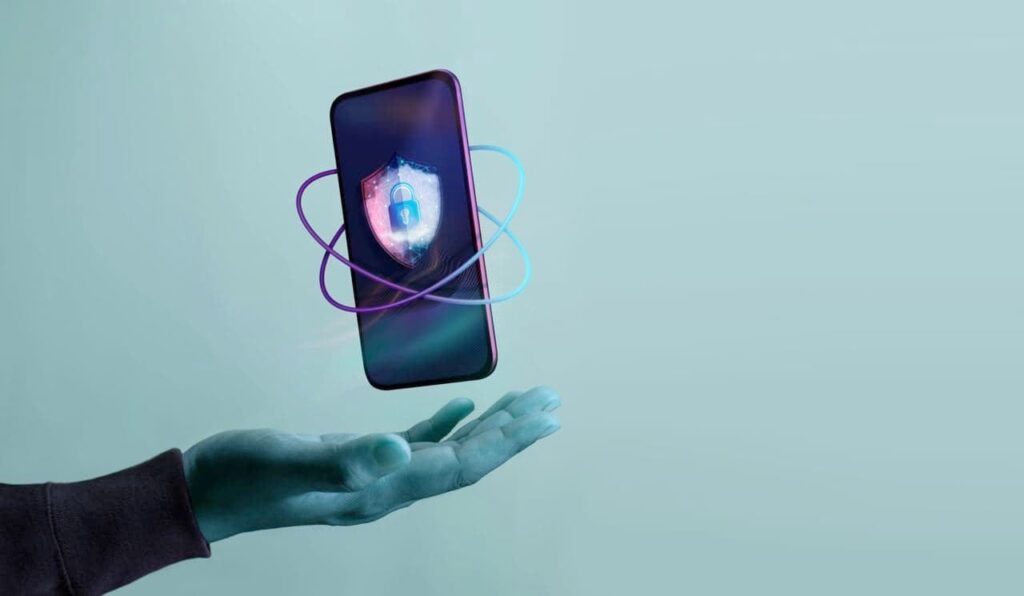Amazon (NASDAQ: AMZN) is simplifying its palm-scanning payment system, Amazon One. A new app eliminates the need for in-store enrollment, allowing users to register with a simple phone picture of their palm.
This update aims to make frictionless payments even easier, as announced on March 28.
While this promises expedited checkout experiences, cybersecurity experts raise security concerns regarding the collected biometric data.
One-click enrollment
Previously, users needed to visit an Amazon One terminal to link their palm to their account.
The new app streamlines the process, enabling enrollment from anywhere with an internet connection.
This could be a notable benefit for retailers utilizing the technology, potentially leading to faster customer onboarding and smoother checkout flows.
Security concerns come to light
However, security specialists warn that palm prints, similar to fingerprints, are unique identifiers.
Critics argue that giving Amazon access to this palm scan data could have unforeseen consequences down the line, such as misuse or data breaches.
Amazon emphasizes that user privacy remains a top priority. The app encrypts palm images before transmitting them to secure servers.
They further claim the app is incapable of storing photos on user devices.
Despite these assurances, some users remain wary. The volume of data Amazon collects on its users is already causing disagreement.
Early adopters give Amazon One a thumbs-up
On the other hand, early adopters report positive experiences.
According to Amazon, the app has been utilized over 8 million times, with over 80% of users opting for its repeated usage at Amazon and Whole Foods Market stores.
The system itself appears efficient, offering payment, age verification, and even loyalty rewards – all with a simple scan.
The palm of your hand holds the answer
Whether the convenience offered by Amazon One outweighs privacy concerns is a personal decision for each user.
As Amazon One expands its reach to more stores and locations, the conversation surrounding palm-scanning technology is likely to continue.
This innovative approach to payment raises important questions about the value we place on both ease of use and data security.
Tech enthusiasts and privacy advocates alike will be watching closely to see how this technology evolves and how consumers ultimately weigh convenience against control.










